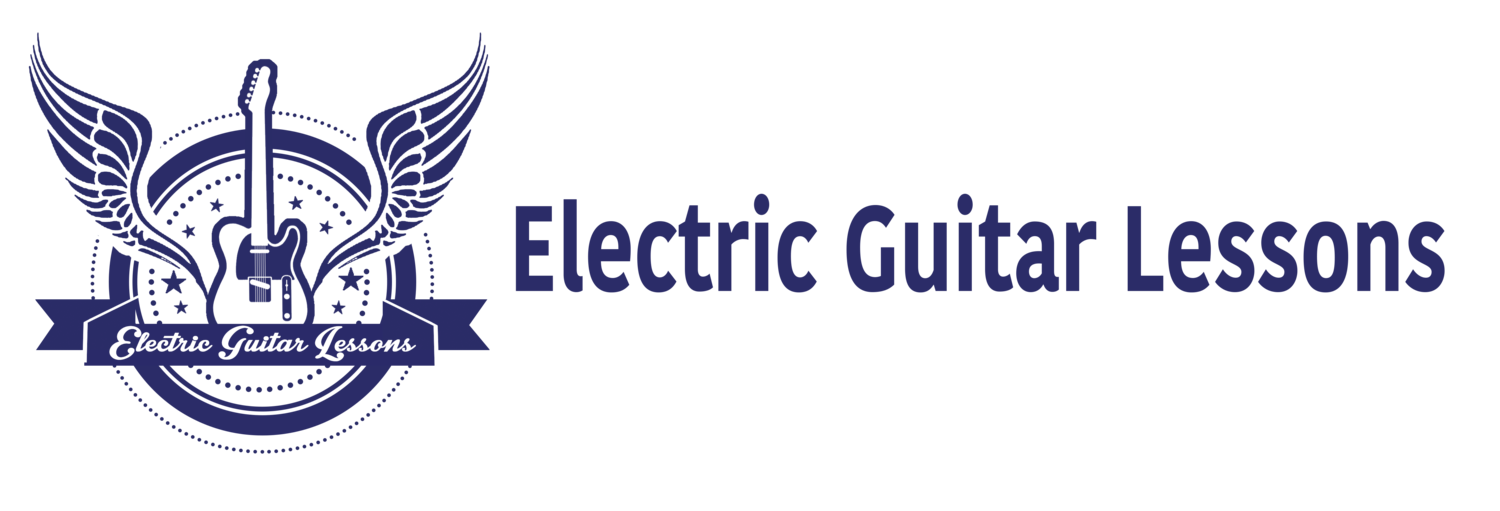One of the most common problems that many guitar players face is not being able to use all areas of the guitar neck effectively. This can cause problems such as:
1) Creating ideas in the same areas of the neck
2) Not being able to come up with new ideas
3) Not being able to fluently improvise freely on the guitar
4) When you try to improvise or write ideas elsewhere it becomes a mess
All of these problems are extremely frustrating and can cause extreme frustration. These problems can cause some to doubt their potential, it can even cause some people to quit playing altogether if this problem is not solved.
The good news is this problem can be resolved. But what is the solution? Is the solution to learn more scales? Well not exactly. This could help you come up with new ideas, but you are likely to still have the problem of not being able to freely improvise. You are likely to be stuck in the same general areas on the guitar.
What about learning in different keys? This will help in coming up with ideas in different areas to an extent. But you don’t want to have to change key every single time you want to use a different area of the neck.
Will you be able to fix this by learning more scale shapes? You will be able to come up with ideas in different areas this way but you are still limited. Why? Because you are only able to use those shapes in isolation. You are still going to struggle to fluently and freely improvise.
Will this problem be solved by simply practicing more? Well obviously if you practice more this will help, but progress will likely be slow. Because if you practice more but the way you practice is not effective you will still be stuck on the road for a long time.
The solution is not to increase your vocab of scales but to improve your visualisation of the scales you know. Learning scales is important, but if you can’t visualise them effectively, then you can’t use them fluently. And if you can’t use the fluently, learning more scales would just overwhelm you. So how do you improve your visualisation?
1) Write some ideas and improvise with the scales you know using only 1 string.
2) Write some scale sequences using 1 string.
3) Change strings. If you’re good at the high E string, switch to the B string.
4) Try and improvise using just the 1 string.
5) Once you are comfortable in 1 key switch to a different key and do steps 1-4.
6) As you are getting better at this now do steps 1-5 with 2 strings then 3 strings then 4, then 5.
7) Now try and come up with 10-20 ideas using the full scale shapes, for each idea have different shape.
8) Now try and come up with ideas that integrate and connect shapes together. For example connect the first minor pentatonic shape with the 3rd and 4th shape.
9) Apply and integrate arpeggios with scale shapes to improve your visualisation of arpeggios.
10) Do steps 1-9 with all of the scales you know, then do the same with more scales you learn.
This will take time, however If you follow these steps, you will be able to fluently improvise and become more creative using different areas of the neck.
About the author: Jake Willmot is a professional guitar instructor who lives in Devon and has a passion for electric guitar. If you are looking for (guitar lessons in Exmouth, Devon) then contact Jake.
